Supporting materials
Accelerator applications infosheet
Download
Download this article as a PDF

Did you know that there are more than 30 000 particle accelerators around the world? Where are they, and what are they for?
What is a particle accelerator? The first technological demonstration to accelerate particles was carried out by Ernest O. Lawrence in Berkeley, USA, in 1929. His cyclotron, which he could hold in his hand, opened a new era, enabling many scientific discoveries. Since then, tools that take subatomic particles and speed them up are used in many applications, from early cathode-ray televisions, which preceded light-emitting diode (LED) and flatscreen televisions, to giant machines used to smash and study the particles themselves.
In these activities, which are suitable for students aged 11–16, students can use an interactive map to find and learn about the accelerators near them.[1]
There are three main types of particle accelerator: linear accelerators (often called LINACS) or one of two types of circular accelerators – cyclotrons or synchrotrons.

The most powerful are the ones used in research to observe and describe the atomic and subatomic world and to understand the laws of the universe. Particle accelerators are the basis of one third of all Physics and Chemistry Nobel Prizes ever awarded.[2] These are the ones most people think of when they think of particle accelerators.
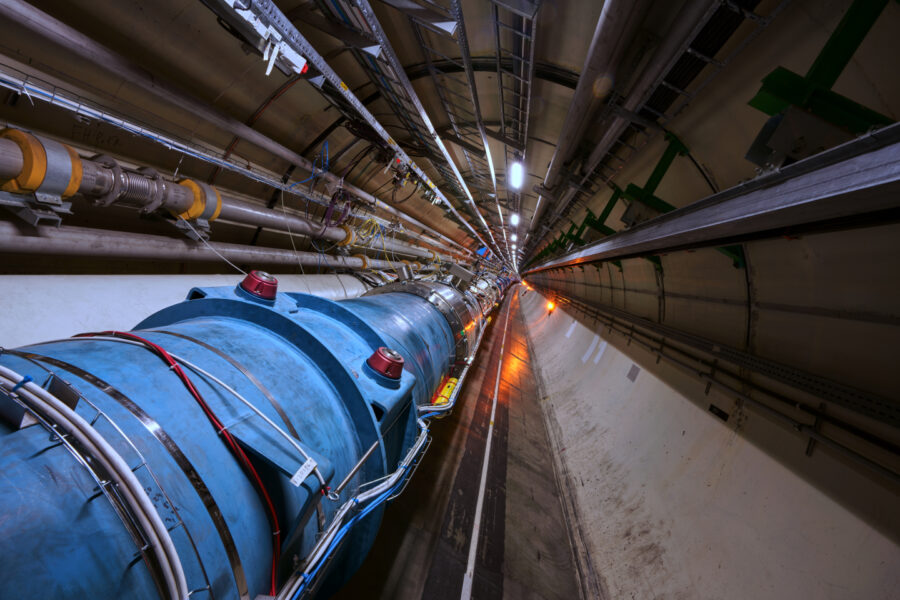
However, there are many more particle accelerators. The vast majority of particle accelerators are used in hospitals for the treatment of cancer or to create radioisotopes for treating cancer. Many more are used in industry, for example, in ion implantation to strengthen material performance or in the manufacture of semiconductors. So, if all these are counted, some people have calculated that globally there are more particle accelerators than branches of McDonald’s.
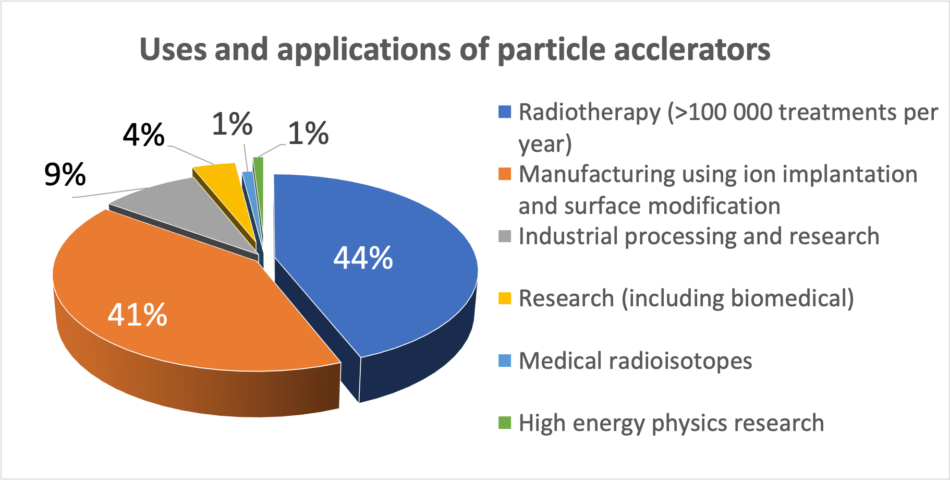
1. Cancer therapy centres
These particle accelerators generate beams of photons, protons, or ions to irradiate tumours.
Photon (X-ray) therapy centres are the most common, with hundreds in hospitals all over the world. They were first used on a patient in 1953 in London, UK, and they use linear accelerators to generate X-rays.
Proton therapy uses both cyclotrons and synchrotrons to generate proton beams. There are more than 50 proton cancer therapy centres in hospitals globally, with many more under construction. The ones in Europe are listed on publicly available data sources and so are included on the map.
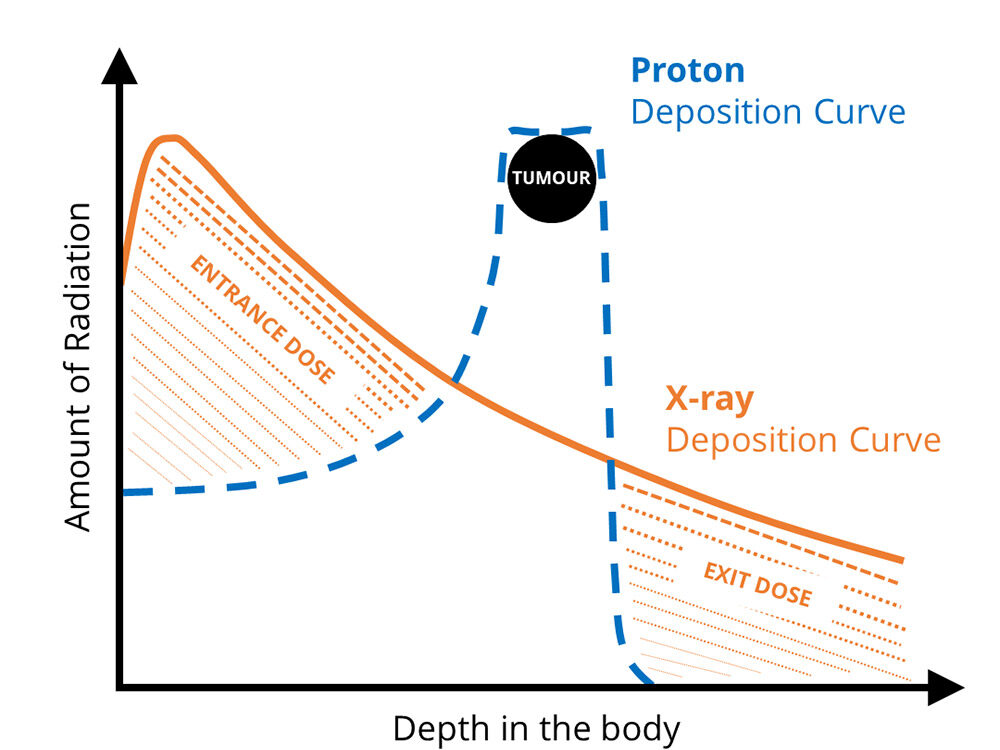
2. Light sources
A synchrotron light source is a special kind of electron accelerator aimed at producing strong, intense light, which can be used to study matter and address many scientific questions in biology, chemistry, and materials science. Like with a giant microscope, the photon beams (X-rays) generated are scattered by the sample atoms and then detected/observed. To find answers to these questions, we need to investigate and look at things closer and, for that, we need light – very bright, X-ray light.
3. Neutron sources
To look even closer at a sample, instead of synchrotron light, we can use a neutron beam. When they are moving very fast, neutrons act a little like light, and we can detect the way they bounce or scatter off a sample to find out about that sample’s structure. But neutrons are bound in the nucleus of the atom, so a lot of energy is required to get them out. We can extract neutrons from atoms like uranium using nuclear fission, in a nuclear reactor, such as at the Institut Laue Langevin (ILL) in Grenoble, France.
Another method to obtain a larger and more controllable flux of neutrons is to use the technique of spallation: neutrons of a heavy atom, like mercury or tungsten, are struck with high-energy protons that have been accelerated to almost the speed of the light. This is how the new European Spallation Source (ESS) ERIC in Sweden will work, just like some existing spallation sources, such as the Spallation Neutron Source in Oak Ridge, USA; the J-PARC in Japan; the ISIS Neutron and Muon Source in the UK; or the Chinese Spallation Neutron Source (C-SNS).
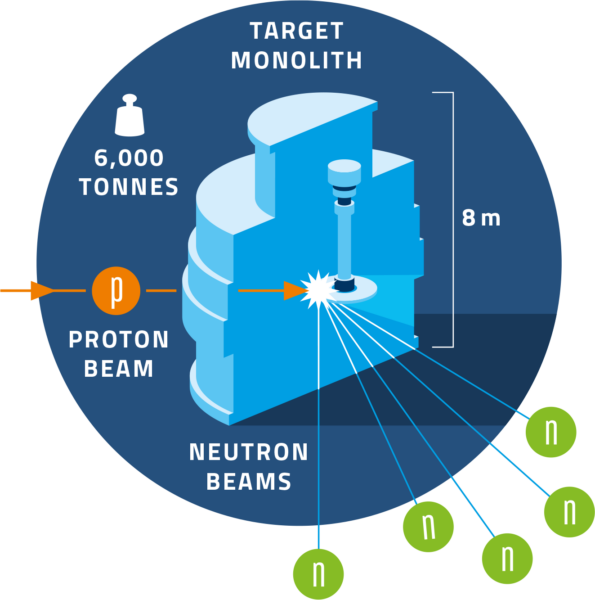
4. High-energy physics
Some particle accelerators are used to understand the very nature of particles. Often this uses a type of accelerator called a collider. Here, particles are typically accelerated in opposite directions towards one another until they collide and the particles themselves break apart, revealing what is inside. This helps particle physicists to understand the basic building blocks of the universe – the fundamental particles – and they have used this knowledge to build and test the standard model of fundamental particles.
The largest and most famous machine is the Large Hadron Collider (LHC) at CERN on the border of France and Switzerland. This is a circular accelerator, a synchrotron, with a perimeter of 27 km!
Particle accelerators can be found all around the world. Some are used for researching particle physics – high-energy physics research labs. Some are behind neutron- and X-ray-generating research facilities – synchrotrons, or neutron sources. And many are located in hospitals, particularly those with cancer treatment centres.
Together with your students, explore a map prepared as part of the Accelerate Your Teaching online course: can you find an accelerator in your country?
This map was produced in 2024 as part of a project called Accelerating Teaching, which aims to bring disparate information about publicly listed accelerators and their uses together in one place for teachers. It is designed to be user friendly rather than comprehensive and will not be continuously updated. For current information on synchrotron light sources and particle accelerators, see the resources at the end of the article.
This activity takes about 30 minutes.
Note: The map shows only a handful of the actual accelerators. Around 41% of accelerators are actually used in manufacturing. In addition, many of those used in medicine are not listed on public lists, as they are owned by private companies, or just form part of the normal medical infrastructure.
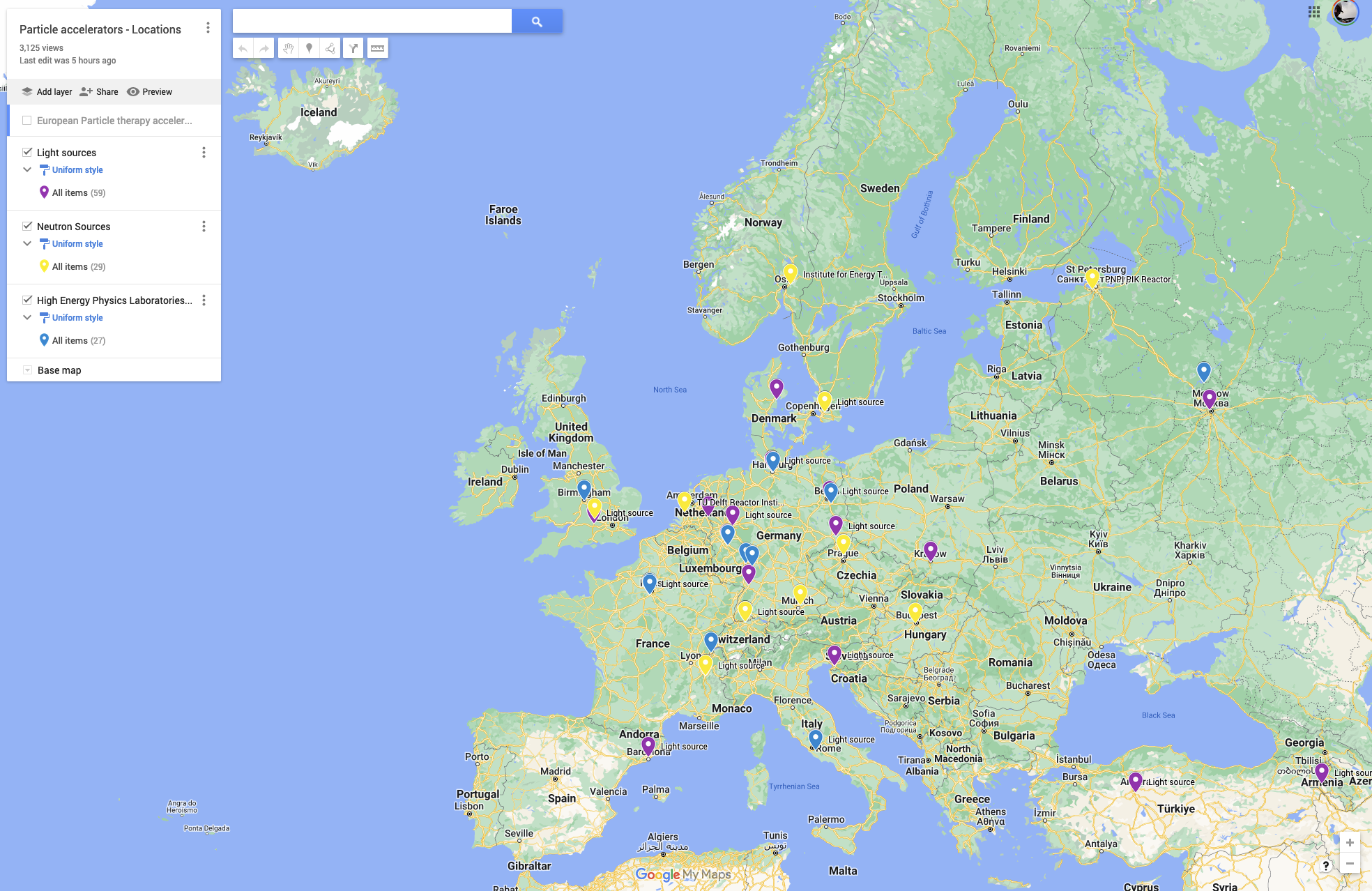
In this activity, which takes about 90 minutes, students select an accelerator and research it in more depth.
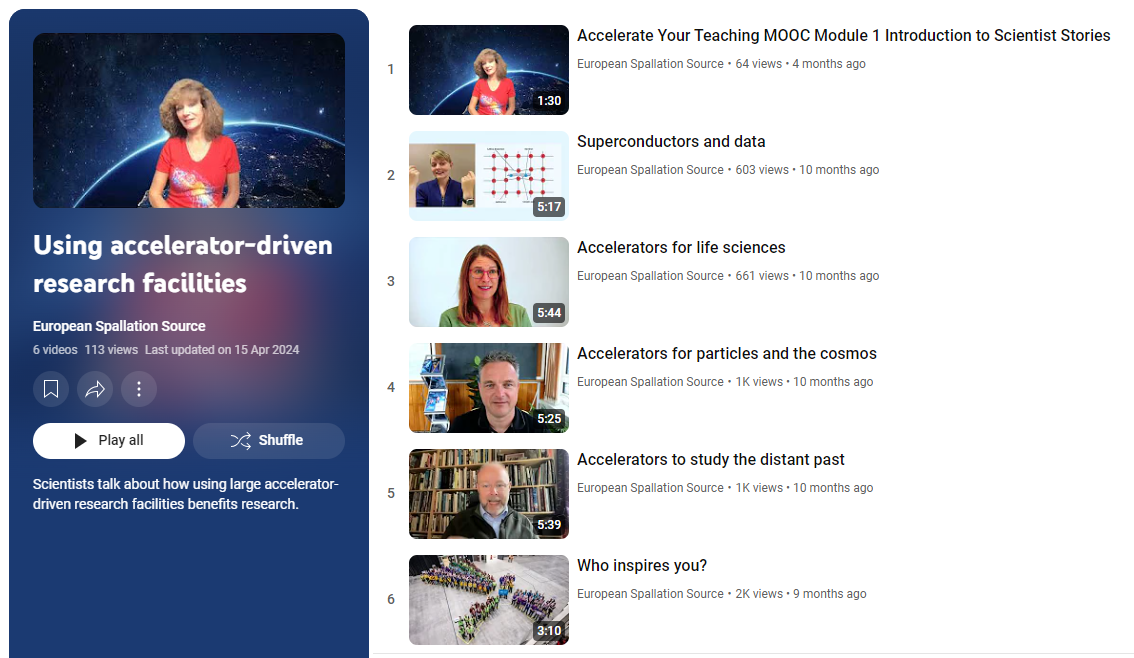
This activity provides students with an opportunity to gain insights into the location of research facilities and other places that might house a particle accelerator. Additionally, it allows them to search for and compare information on the sociogeographic effects of having an accelerator in a certain geographical location, or the ethical implications of the type of work done at that facility. Students should research these topics themselves, but if they need a bit of guidance or inspiration, the Teacher Notes in the supporting material can be used to give them a hint or ask them some leading questions.
In combination with a physics lesson, students can use additional resources to investigate further the science of how particle accelerators work, like with a video introducing particle accelerators and their importance from Science ABC.[1] For more particle physics teaching ideas, check out the materials resources offered by Accelerate Your Teaching and the resources section below.

The work presented on this document has received funding from the European Union project Accelerating Teaching (Agreement number 2022-1-SE01-KA220-SCH-0000889631). The content of the document is the sole responsibility of the organizer, and it does not represent the opinion of the European Union, nor is the European Union responsible for any use that may be made of the information contained.
[1] A video by Science ABC describing linear and circular accelerators and their respective applications: https://www.youtube.com/watch?v=vIeRLeQq7V4&t=204s
[2] Haussecker EF, Chao AW (2011) The influence of accelerator science on physics research. Physics in Perspective 13: 146–160. doi: 10.1007/s00016-010-0049-y
Teaching materials
Deep-dive resources aimed at teachers
Resources suitable for students
Accelerator applications infosheet
Download this article as a PDF

Build a linear accelerator to demonstrate spallation – the source of high-energy neutrons used by the new European Spallation Source being built in Sweden.

Discover CERN’s brand-new science education and outreach centre in Geneva, Switzerland: CERN Science Gateway!
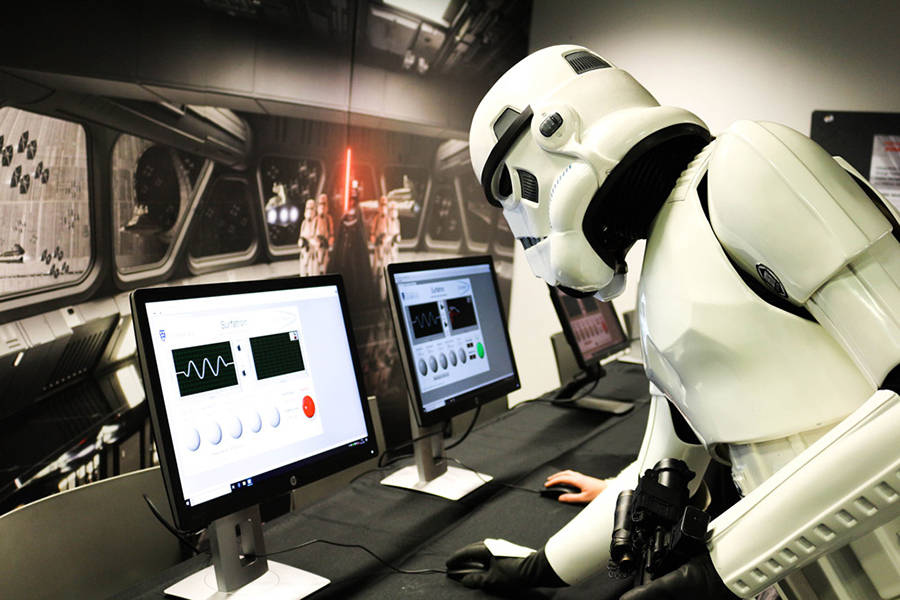
A real-life version of proton torpedoes, popularized in Star Wars, offer an alternative to radiotherapy for the treatment of…